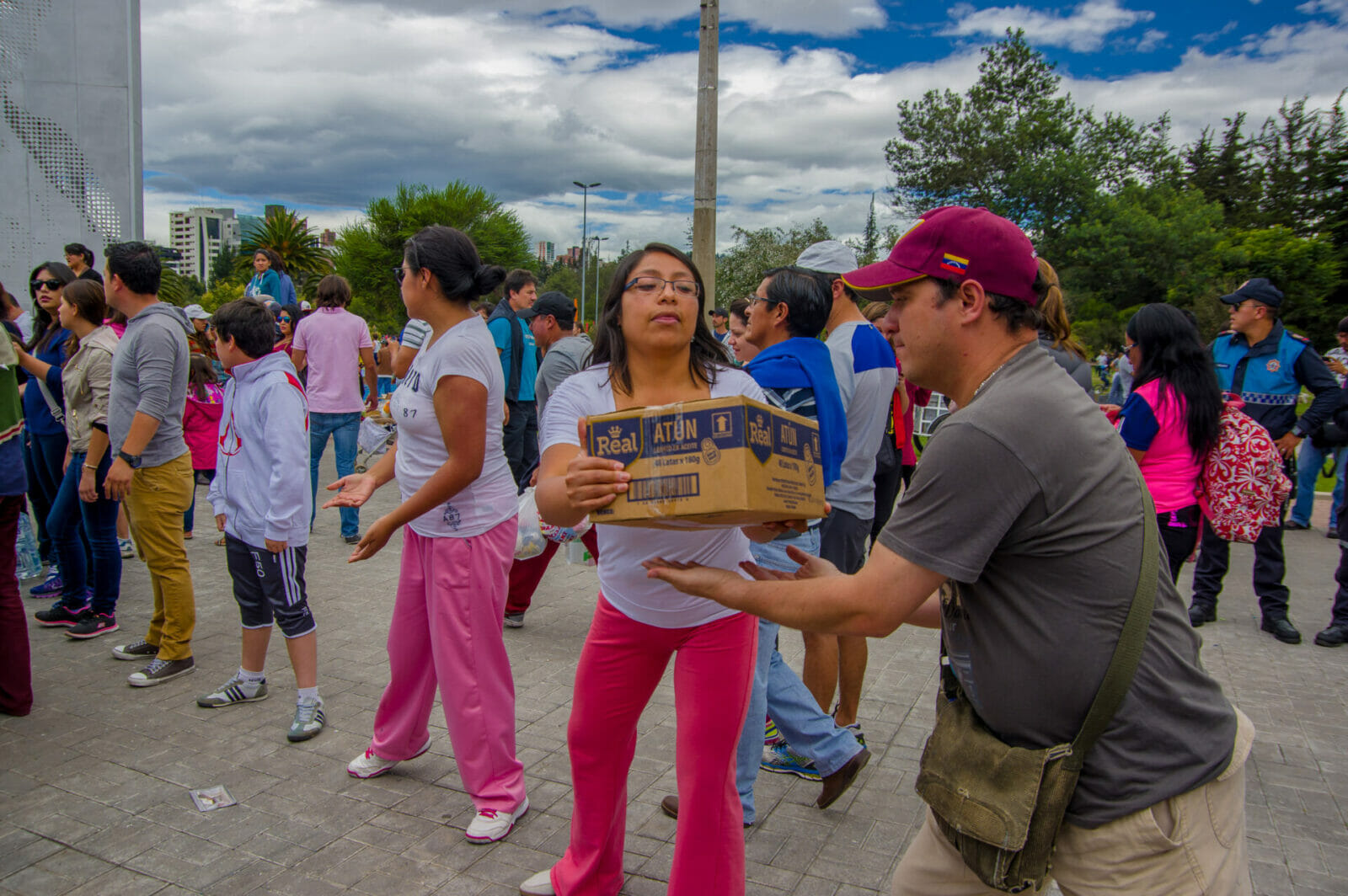The Most Effective Ways to Donate to Disaster Relief

Disasters can occur year round, ranging from hurricanes to tornadoes, tsunamis to fires, floods to earthquakes and more. While disasters are undoubtedly devastating events for individuals, communities and the environment, they offer the opportunity to bring people together in support and solidarity for those affected. But donating to disaster relief isn’t always a cut-and-dry process. In fact, if not done with the right education and direction, donations to disaster relief efforts can actually hinder progress.
Fortunately, by being educated in best practices, you can more responsibly donate to disaster relief. Here are some insights and resources to help you make better decisions about how, when and where you donate when disaster strikes in a community you care about.
Start With Education
It makes sense that when people hear about, read about or experience firsthand a disaster, they want to jump in right away. This is, in fact, encouraging, as it shows the willingness of individuals and groups to rally around those in need.
However, before getting involved, listening and learning is always the first step. When you start with getting educated on what happened, what is needed and who is working toward solutions, you can more effectively channel energy and resources toward the need. When disaster strikes, follow the guidance of experts and impacted communities before taking action.
“Figure out before how you’re going to help your community,” advised Chris Cameron, executive director of HandsOn New Orleans, at the 2023 Points of Light Conference. “Know what you need to do, and work to serve.”
If you’re in the United States, you can start by searching for your local disaster management municipality, officials and community leaders using the national database from FEMA. Local leaders are generally the ones to issue calls to action, informing the community on what is most needed and how to help. You can also use the IRS search tool to ensure that any organization you’re donating to is tax exempt, as unfortunately, fraud becomes more prevalent during times of disaster response. Finally, an internet search for ‘How to Help [disaster name]’ will often yield results from local news media that have taken the time to aggregate the top 5-10 ways people can help. These items can range from volunteering to blood donation to feeding the survivors, to animal adoption and supplies based on the community’s changing needs.
Donate What’s Needed
In the immediate aftermath of a natural disaster, first responders and response organizations need to take the lead. Also important to keep in mind: this is not a time for individuals to mobilize without the call from experts. While it’s noble and necessary to share your time and talent through volunteering, wait until response organizations have put the call out inviting that type of involvement from the public. Read more about the role of volunteers in humanitarian disasters from the International Association for Volunteer Effort. This impactful organization is helping to prepare volunteers, both mentally and physically, to lend support throughout all four disaster phases.
While in-kind donations – goods and services – may be helpful at some point, monetary donations allow the response experts to do the most good possible. In fact, there have been situations where hundreds or thousands of in-kind donations were left at disaster sites, unable to be used and requiring clean-up efforts. In some cases, due to lack of people power, these donations actually sat for months before disposal, contributing to pollution.
So remember, in the wake of a disaster, monetary donations are the best way to contribute in order for organizations to best respond to rapidly changing conditions on the ground. Disaster relief funds allow organizations to obtain the specific tools and equipment they may need, including things like personal protective equipment (PPE), emergency vehicles and fuel, medical supplies and more. A disaster response organization will be able to properly allocate these funds based on the quantity needed, rather than sorting, transporting and shipping a host of in-kind donations.
“For many of us, it’s not a question of if but when a natural disaster will impact our community. Our goal is to equip individuals and communities with the tools and information they need to build disaster resilience,” said Megan Bultman, manager of The Allstate Foundation.
In partnership with The Allstate Foundation, Points of Light has created Building Sustainable Communities: A Guide to Disaster and the Civic Circle®, a resource that offers insights and strategies to empower you to take action before, during and after a disaster. You’ll also learn how to be an advocate for those affected by disasters. Download the guide.
Pre-Disaster Prep Matters
It’s not just what happens after a disaster that makes an impact. Actions taken before a disaster occurs have a significant impact on how severely a natural disaster impacts a community and its people. These actions – big and small – can help build the resiliency of a community. From supporting small businesses to voting for policies that support infrastructure improvements to regularly donating blood, every action matters.
Disasters present an opportunity for solidarity and support, but responsible giving is vital. You can equip yourself with the knowledge you need to be a responsible contributor before and in the wake of a disaster by checking out resources from experts. Educate yourself on the situation, needs and expert guidance before taking action. The most effective thing you can do is to be proactive in building community resiliency, starting today.
